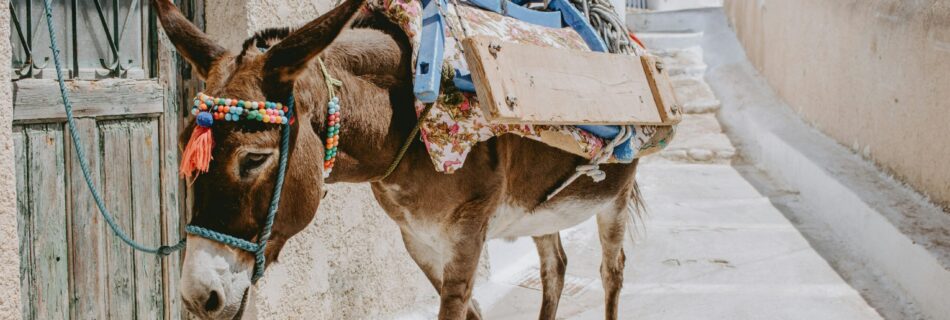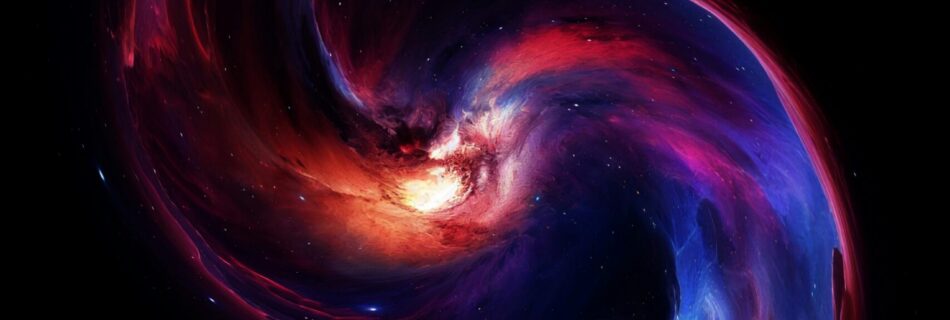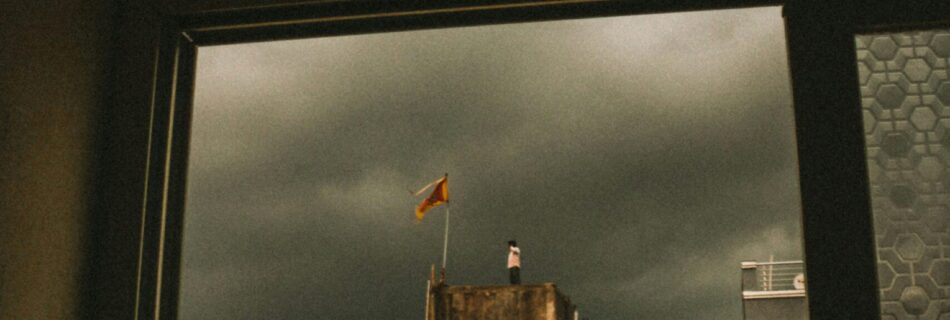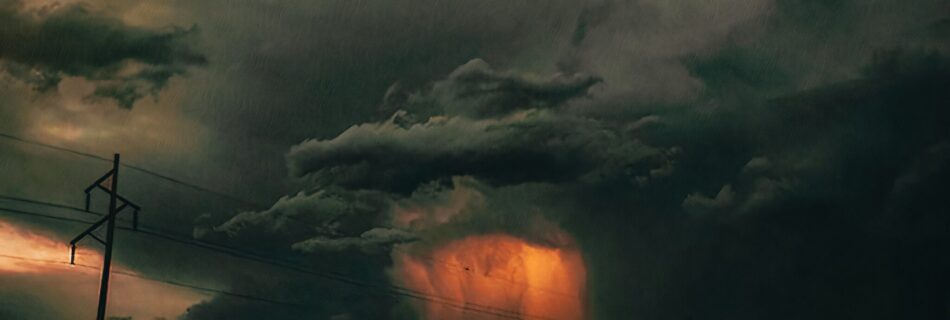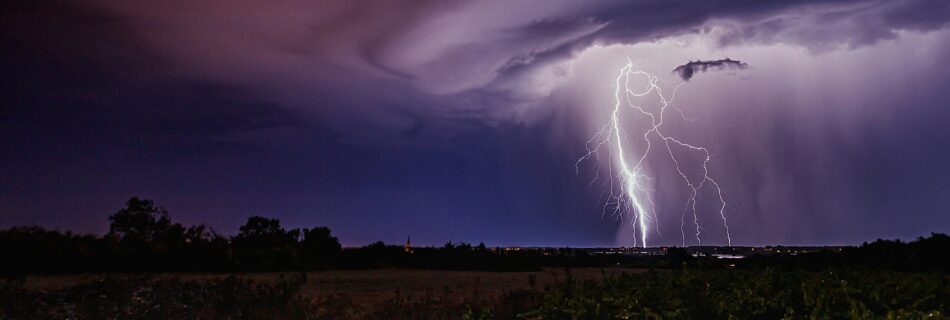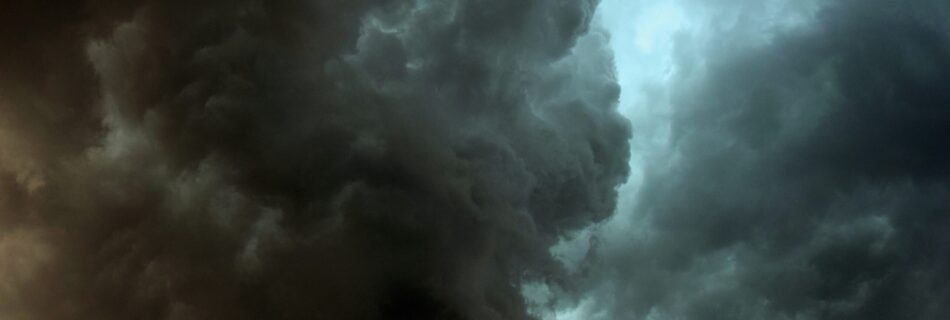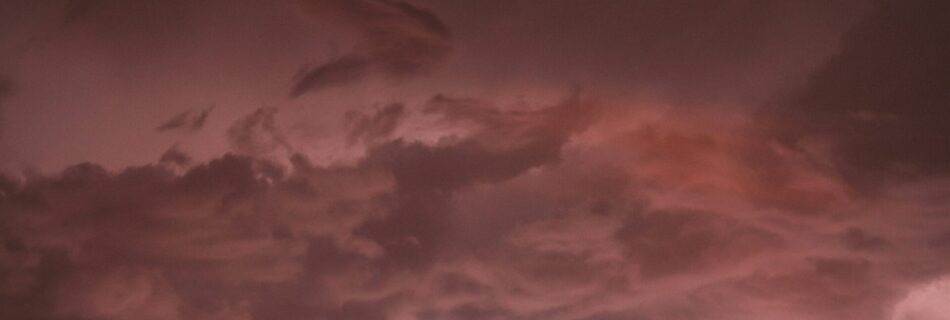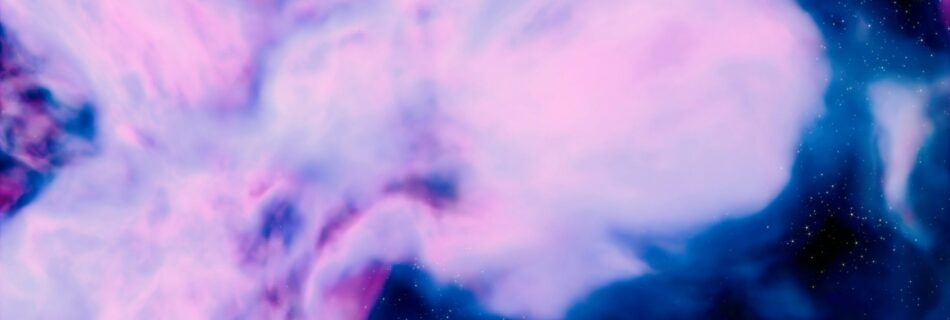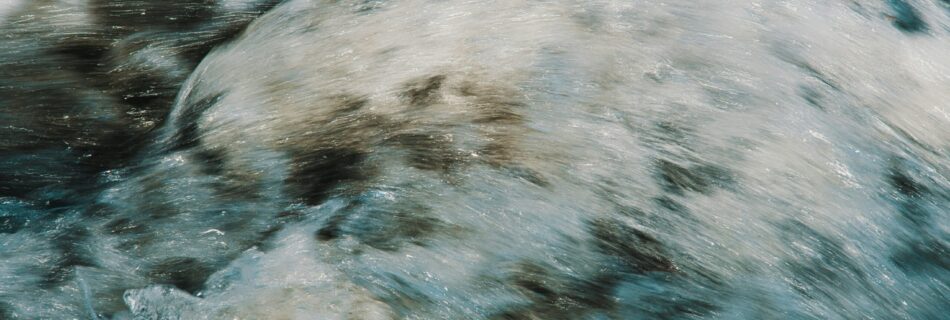Carrot and Stick: The Vestigial Faculty of Self-Assification
We first used the carrot and stick on donkeys— indeed, the life of an ass is nothing more than being motivated by reward or punishment. However, humans have made themselves to be more asinine than their four-legged counterparts. The donkey is at least free from the carrot and the stick while its master is away. …
Read more “Carrot and Stick: The Vestigial Faculty of Self-Assification”

